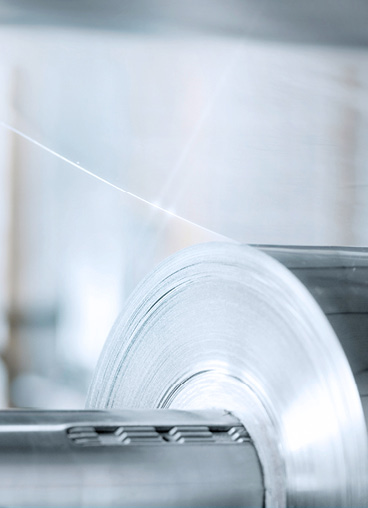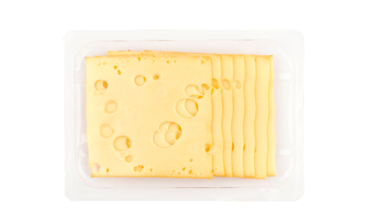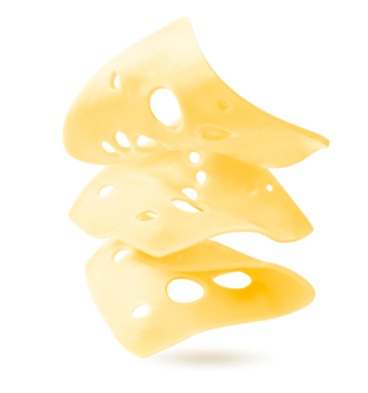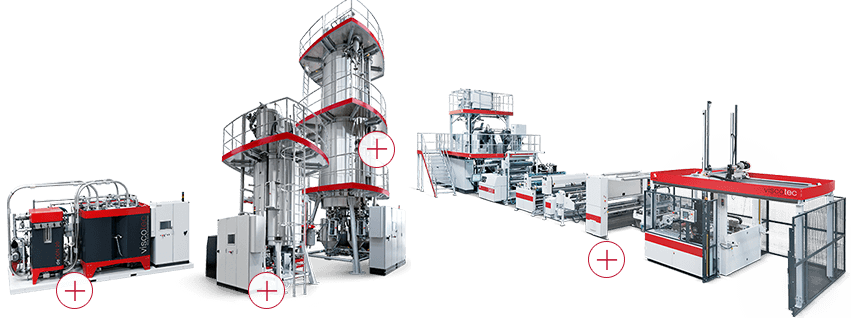First-class packaging presents every product in an excellent way. A high recycled content makes packaging the sustainable choice that consumers and brands prefer to protect our environment. Therefore, an excellent optical appearance, mechanical properties of the sheet and food safety are the requirements of thermoforming packaging converters for their input material.
At Starlinger viscotec, we have been working intensively on which factors have a significant influence on sheet quality and optimized our equipment and production processes in this respect. With test series and empirical studies, our product managers have answered the burning questions of how to process post-consumer and post-industrial waste into premium sheet.
Impact of intrinsic viscosity (iV) for thermoforming
The intrinsic viscosity describes the length of the molecule chains of the material. The ideal iV of the sheet is the key for thermoforming, because a higher iV not only enlarges the production window for that process step, but also has a positive effect on thickness distribution and tensile impact strength of the final product. The advantage for the producer is that it is possible to achieve significant material and thus cost savings by optimizing the wall thickness.
Minimize loss of intrinsic viscosity
Much centers around intrinsic viscosity and how we can preserve it. How can we pre-calculate the expected iV in the final sheet from the input material? Shear forces during the extrusion process are responsible for a certain iV loss that cannot be avoided, but are minimized in our extruders. One factor that is relatively easy to influence and to which we should definitely pay close attention is the moisture of the input material. There is a clear correlation between moisture and iV drop. This means that there is no way around proper pre-drying of the input material. Our crystallizers and deCON units are designed precisely for this purpose - and in addition, to treating the material in the deCON allows for food contact quality.
No optical defects in rPET sheet
One might think that the use of post-consumer recycled material would always lead to optical defects in the sheet. That is not true, as defects in the sheeting can be reduced to a minimum. We conducted an experimental study in which we classified the different types of defects and also recorded the triggers of these defects in a database. Dust is the number one cause of defects. In direct comparison with competitor products, the advantages of pretreatment with viscotec equipment become immediately apparent. But also, the gentle way of extrusion and the design of the viscoSHEET roll stack directly pay off on the surface quality and the reduction of visible defects.
Propper pre-treatment of the material is the foundation for premium rPET sheet.
Beyond mechanical development and automation, we provide our customers with know-how relevant for the development and production of the final product.
DANIEL RECHBERGER
PRODUCT MANAGER AT V ISCOTEC








